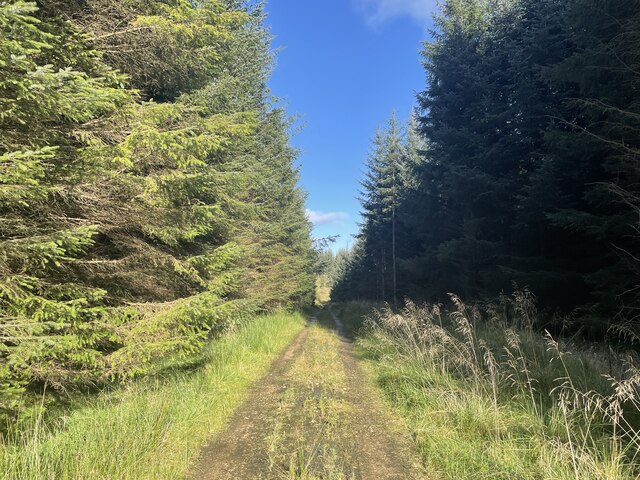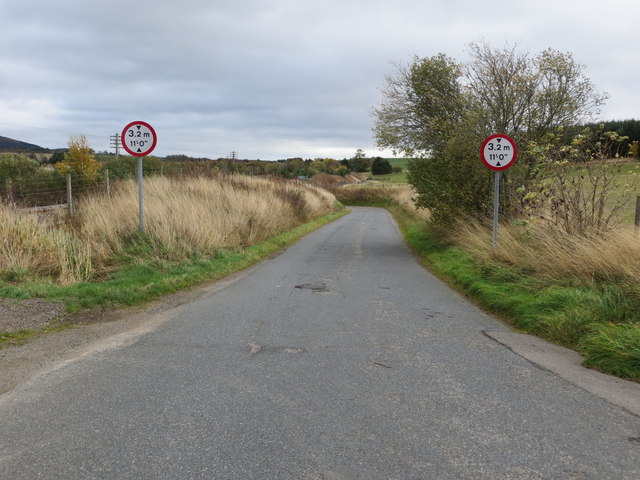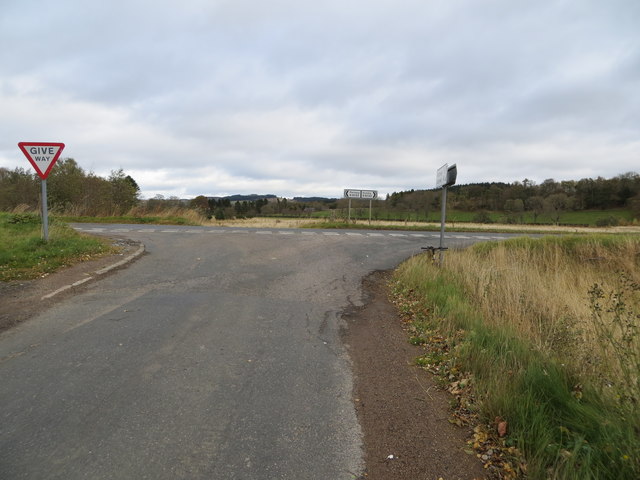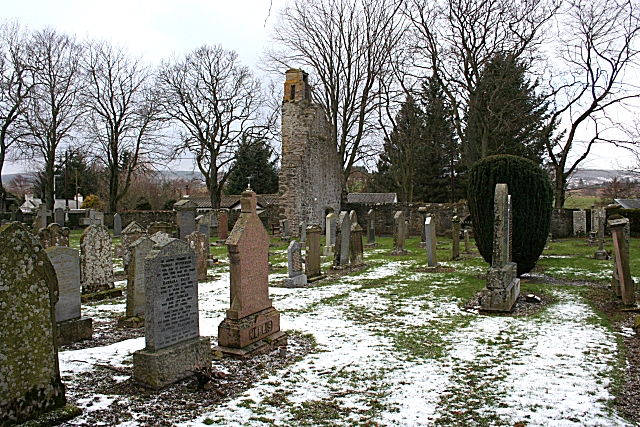Hill of Cormalet
Hill, Mountain in Aberdeenshire
Scotland
Hill of Cormalet

Hill of Cormalet is a prominent geographical feature located in Aberdeenshire, Scotland. Rising to an elevation of approximately 388 meters (1,273 feet), it is classified as a hill rather than a mountain. Situated near the village of Tarland, Hill of Cormalet is surrounded by picturesque countryside and offers stunning panoramic views of the surrounding landscape.
The hill is characterized by its gentle slopes and grassy terrain, making it a popular destination for hikers and nature enthusiasts. Its relatively low elevation makes it accessible to a wide range of skill levels, making it an ideal choice for both experienced climbers and beginners looking for a challenging but manageable hike.
Hill of Cormalet is also known for its rich biodiversity. The area is home to a variety of plant and animal species, including heather, gorse, and a range of bird species such as red grouse and skylarks. The hill provides a habitat for several species of mammals as well, including rabbits, foxes, and deer.
The hill is surrounded by a network of walking trails, allowing visitors to explore its slopes and enjoy the natural beauty of the area. On a clear day, the summit of Hill of Cormalet offers breathtaking views of the surrounding countryside, including the Grampian Mountains to the west and the North Sea to the east.
In summary, Hill of Cormalet is a scenic hill in Aberdeenshire, Scotland, offering a range of outdoor activities and stunning views for visitors of all ages and abilities.
If you have any feedback on the listing, please let us know in the comments section below.
Hill of Cormalet Images
Images are sourced within 2km of 57.494097/-2.7935422 or Grid Reference NJ5245. Thanks to Geograph Open Source API. All images are credited.










Hill of Cormalet is located at Grid Ref: NJ5245 (Lat: 57.494097, Lng: -2.7935422)
Unitary Authority: Aberdeenshire
Police Authority: North East
What 3 Words
///pitch.ditching.spit. Near Huntly, Aberdeenshire
Nearby Locations
Related Wikis
Rothiemay railway station
Rothiemay railway station served the village of Milltown of Rothiemay, Aberdeenshire, Scotland from 1856 to 1968 on the Great North of Scotland Railway...
Avochie Castle
Avochie Castle is a ruined tower house, dating from the 16th century, or early 17th century, around 4.5 miles (7.2 km) north of Huntly, east of the river...
Ruthven, Aberdeenshire
Ruthven (, Gaelic: Ruadhainn), Aberdeenshire is a village in Scotland near Huntly (to the south east), and Keith (to the north west). It is traditionally...
River Isla, Moray
The River Isla (Scottish Gaelic: Uisge Ìle) is a tributary of the River Deveron in North-East Scotland. The area surrounding it is known as Strathisla...
Clean Pool
Clean Pool was an important boundary marker between the parishes of Huntly and Cairnie, Aberdeenshire, Scotland. It has now been dried up to plant conifer...
Daugh Castle
Daugh Castle was a castle, about 5 miles (8.0 km) north of Huntly, Aberdeenshire, Scotland, near Cairnie Burn. It was also known as Castle of the Daach...
Auchanachie Castle
Auchanachie Castle, also known as Achanachie Castle or Auchanachy Castle, is a tower house dating from the sixteenth century, 5 miles north-west of Huntly...
Mountains Burn
Mountains Burn is a burn which marks the boundary of the parish of Huntly, Aberdeenshire, Scotland. == References ==
Nearby Amenities
Located within 500m of 57.494097,-2.7935422Have you been to Hill of Cormalet?
Leave your review of Hill of Cormalet below (or comments, questions and feedback).











